Tips on How To Care For Cut Sunflowers
Sunflowers are a beautiful flower that can add a cheerful atmosphere to any home or garden. But if you don't take proper care of them, they won't last long. In this article, we'll discuss what you need to know about caring for cut sunflowers. We'll cover how to keep cut sunflowers alive and how to make them last longer so you can enjoy their beauty for as long as possible.
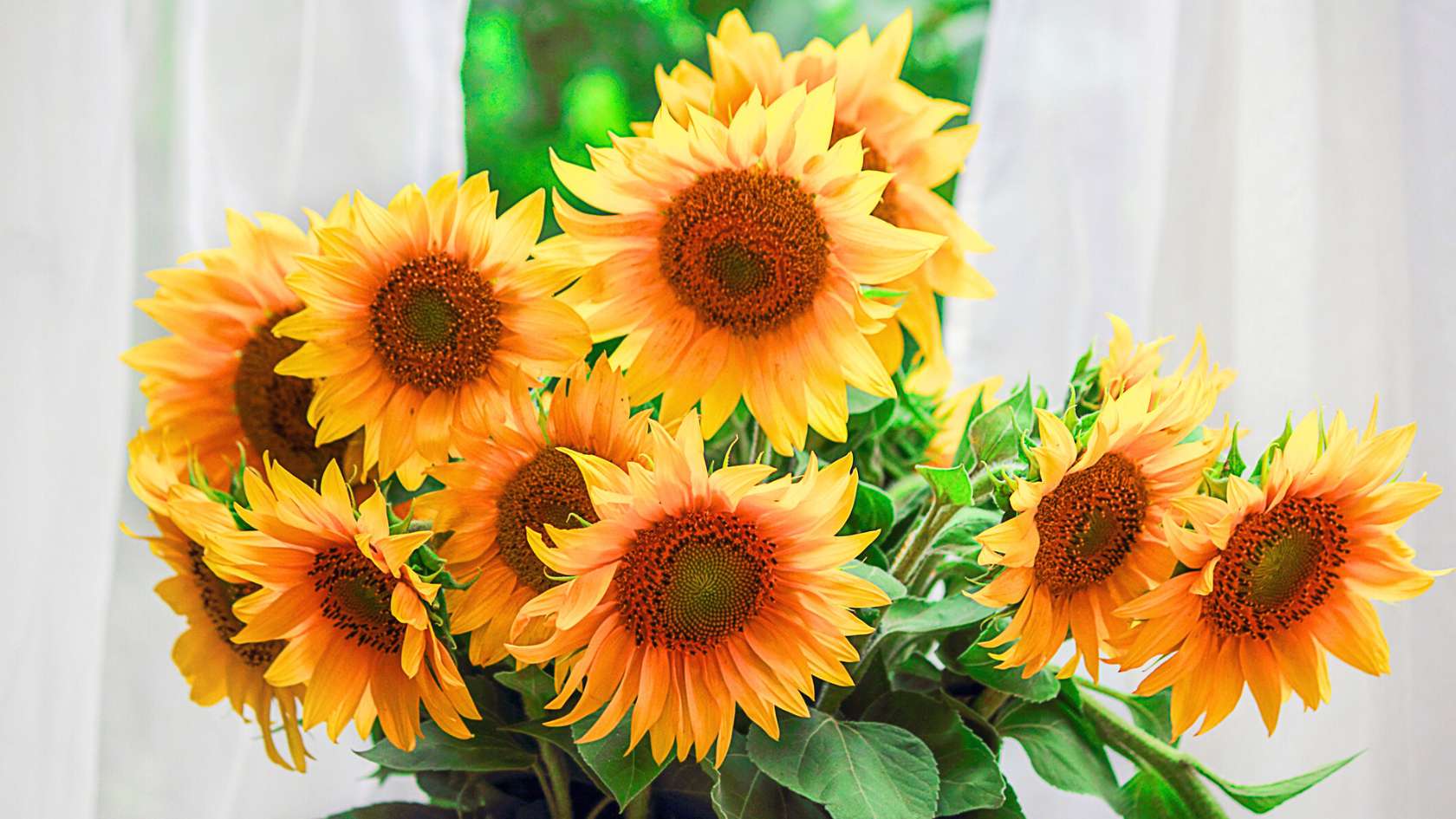
Sunflowers
The botanical name of the sunflower is Helianthus, which comes from the Greek words Helios (sun) and Anthos (flower). Sunflowers are native to North America and contain 14 annual and 37 perennial species. It was the American Indians who were the first to cultivate sunflowers and use them for various purposes such as flour, oil, dye, and even medical purposes.
Cut sunflowers are popular for use in bouquets and centerpieces due to their beauty and long lifespan. Here are some tips on how to help keep cut sunflowers alive and looking beautiful for longer.
Start With Fresh Flowers
When selecting sunflowers, make sure they are fresh and not wilted or discolored. Look for vibrant colors and firm petals when picking the perfect bloom.
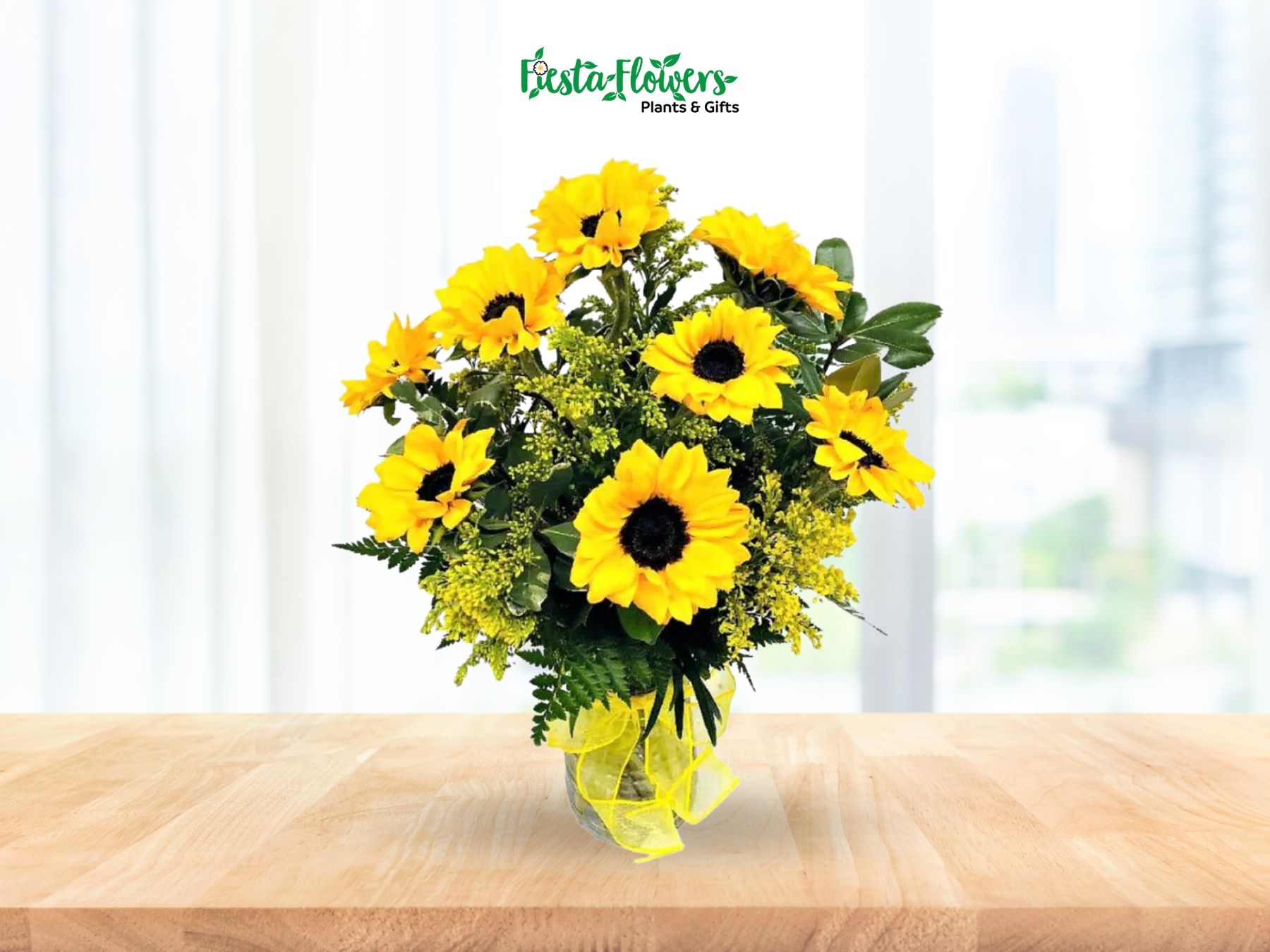
Trim The Stems
To have sunflowers in your home that look vibrant and full of life for days, trim the stems at a 45-degree angle with sharp scissors before placing them into their vase. For single-bloom varieties, you have the freedom to cut as much as desired. In contrast, for multi-branching types of sunflowers, it's best to prune at a 45-degree angle, about 12 inches down. Doing so will help maintain water in the stem and extend your sunflower's life significantly.
Place In A Clean Vase
Whenever you place cut flowers in a vase, make sure the container is clean and free from bacteria. This will help prevent bacterial growth, which can cause your sunflowers to wilt prematurely. Fill the vase about three-quarters full with lukewarm water and add flower food if desired. When arranging the sunflowers in their vase, be sure none of the leaves dip into the water. Submerged foliage encourages bacterial growth, which can have a detrimental effect on your flowers' health.
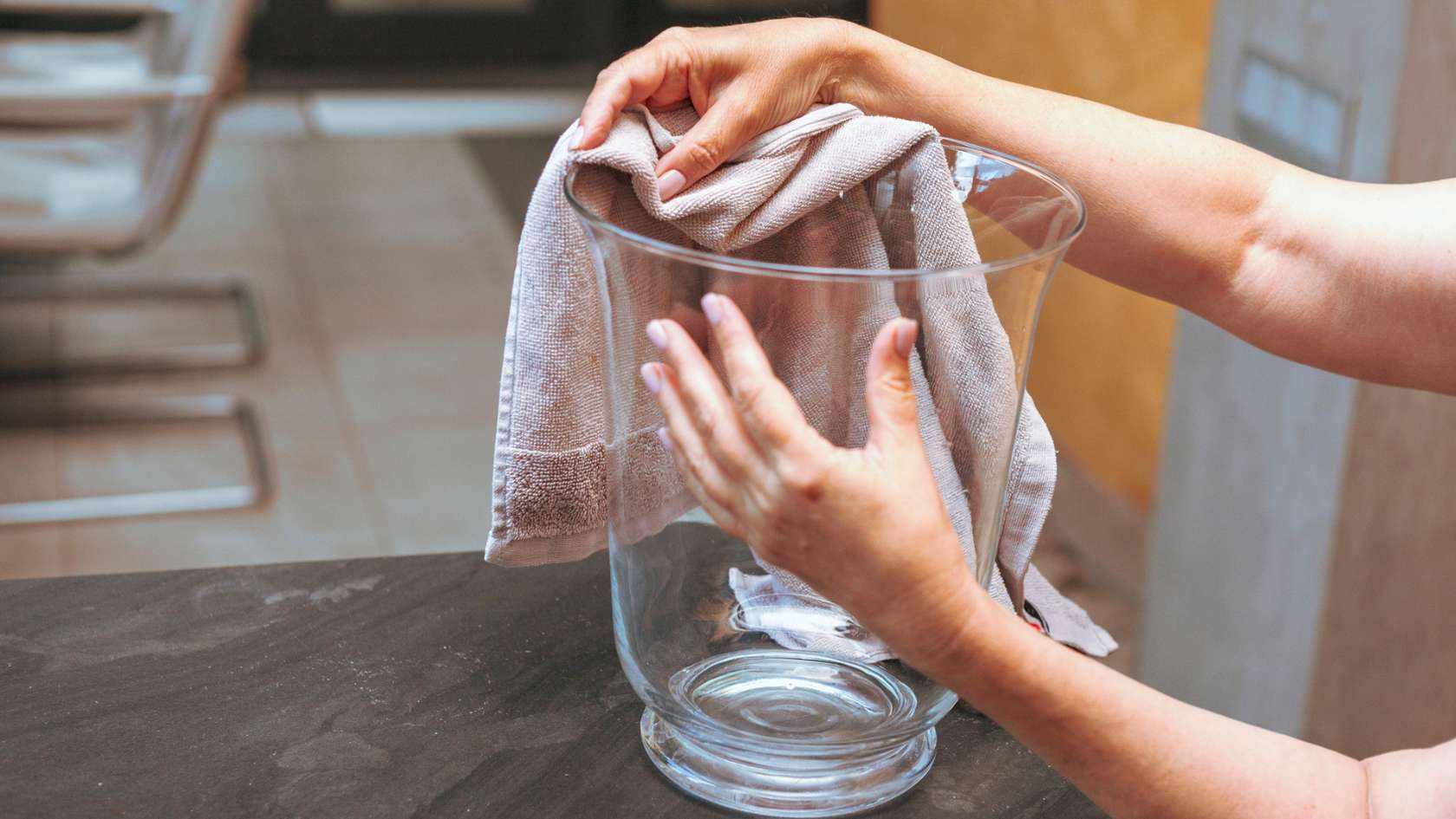
Change the Water Regularly
It is important to change the water every day. This will help prevent bacterial growth, which can lead to your flowers dying prematurely. To change the water, empty out the old contents and rinse the vase with warm, soapy water to remove any residue or dirt. Refill it with fresh, lukewarm water.

Place Out Of Direct Sunlight
Make sure to place your sunflower vase in an area where it isn't exposed to direct sunlight. Cut flowers are more sensitive than planted ones, and too much sun can be harmful for them. Avoid placing the bouquet by any heat sources or near any cool drafts produced from air conditioning vents as well.
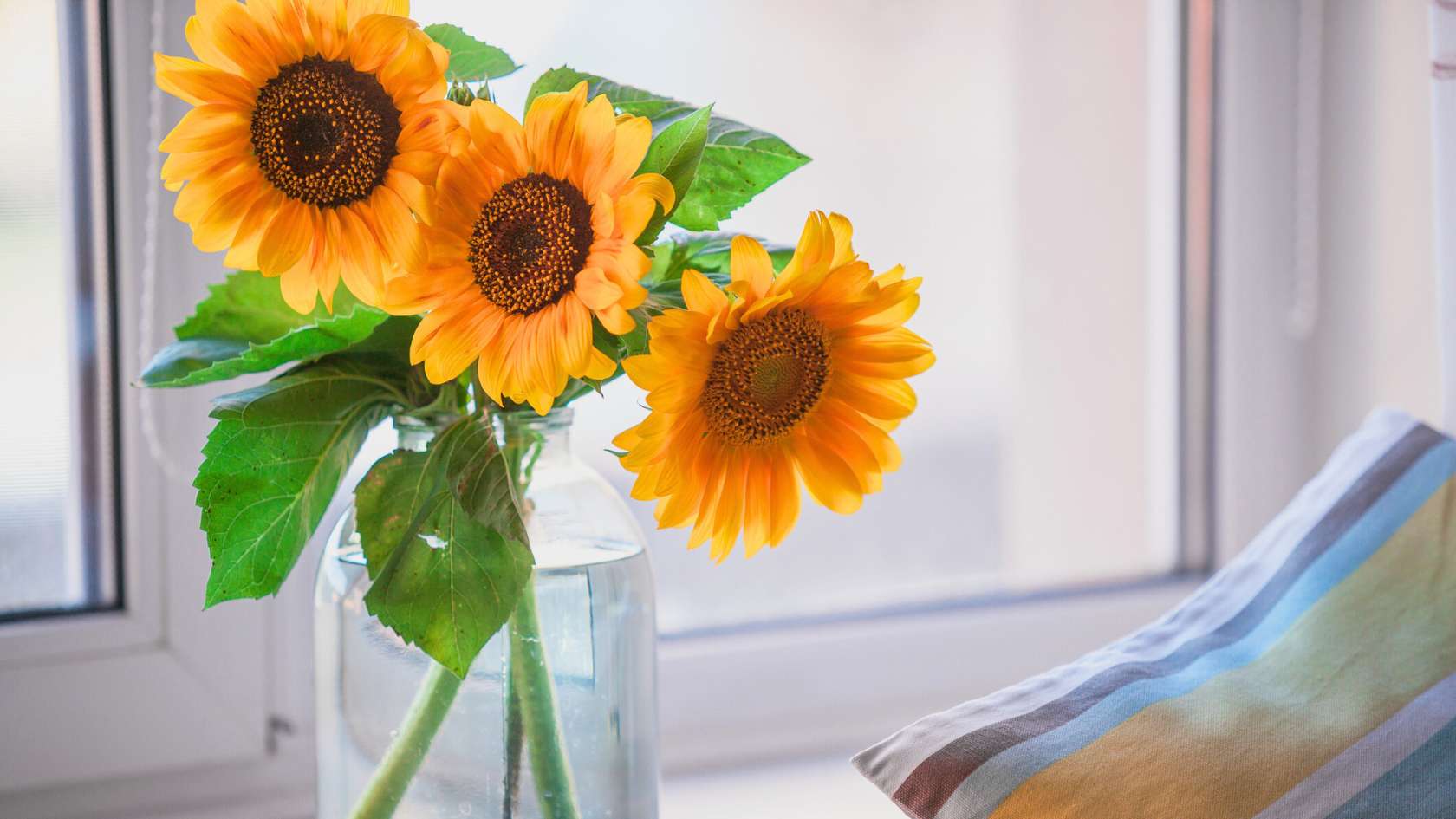
How Long Do Sunflowers Last In A Vase?
With a bit of TLC, sunflowers can continue to brighten up your home for an entire week.
Harvesting sunflower seeds
When the time comes for harvesting sunflower seeds from a sunflower that is growing in your yard, you'll know because the back of the blooms will have turned brown and the seeds inside will be plump and somewhat loose. To harvest, use sharp scissors or pruners to cut the stalk about a foot down from the flower head and place it in a container that can catch any loose seeds. Remove the seeds from the flower head by either running your fingers over it or using a fork, and then shake off any residual petals. Place the seeds on paper towels and let them dry out for a few days. Once they are thoroughly dried, you can store them in airtight containers like glass jars or plastic bags until ready to use.
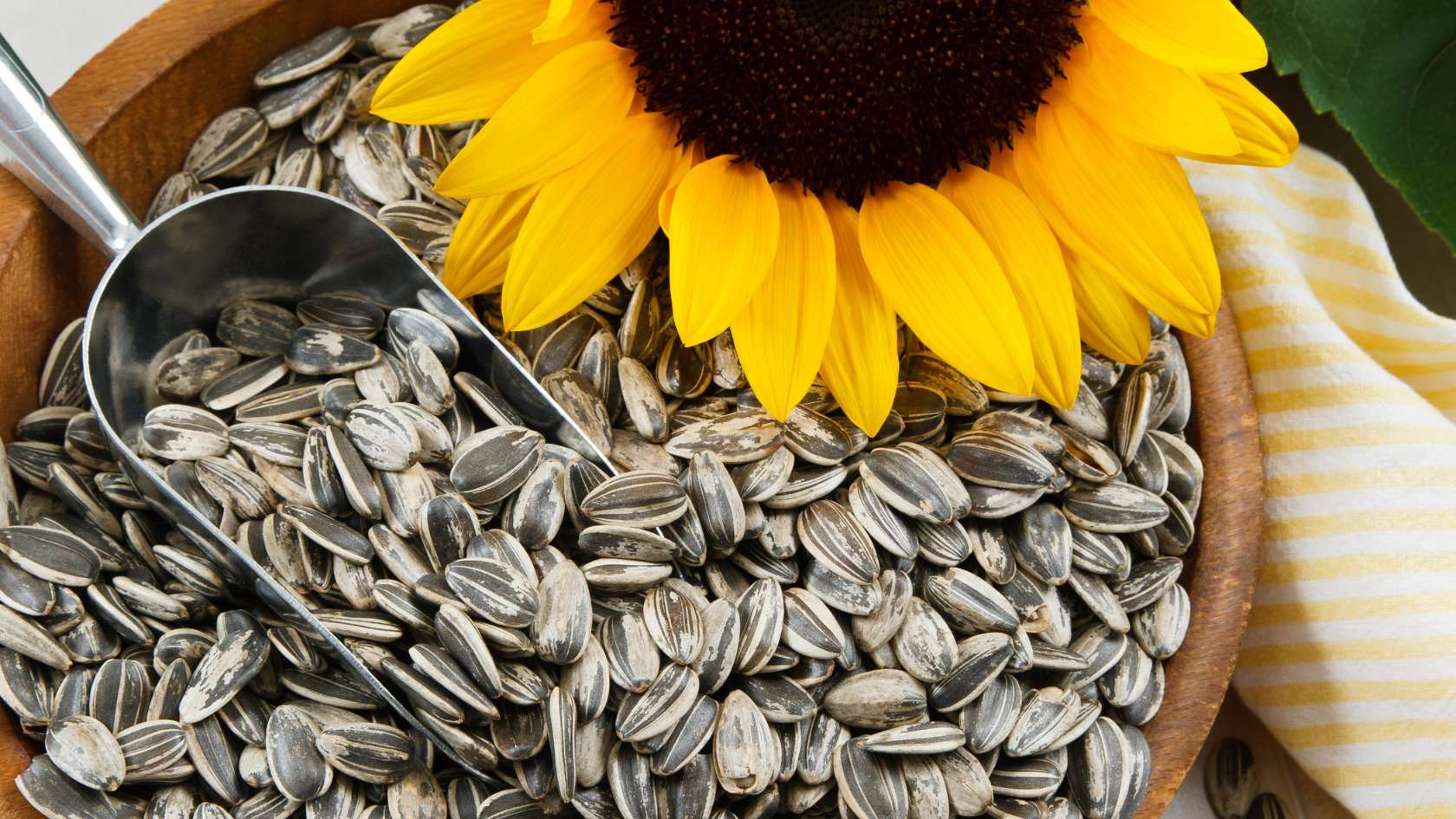
Following these steps will help you get the most out of your cut sunflowers so that you can enjoy their beauty for as long as possible! When properly cared for, sunflowers have the potential to bring life and brightness to any space for up to a week. Plus! If you have planted sunflowers in your yard, you can harvest the seeds at the end of their life cycle to be used in recipes, bird feeders, or simply enjoyed as a snack. Sunflowers are truly a gift that keeps on giving!
Come take a look at our stunning collection of sunflower arrangements available online at FiestaFlowersAZ.com or visit us at 744 W. Elliot Road, Suite 103, Tempe, AZ 85284!
Recent Posts
Year : 2025
Year : 2024
Year : 2023
Year : 2022
Year : 2021
Year : 2020

